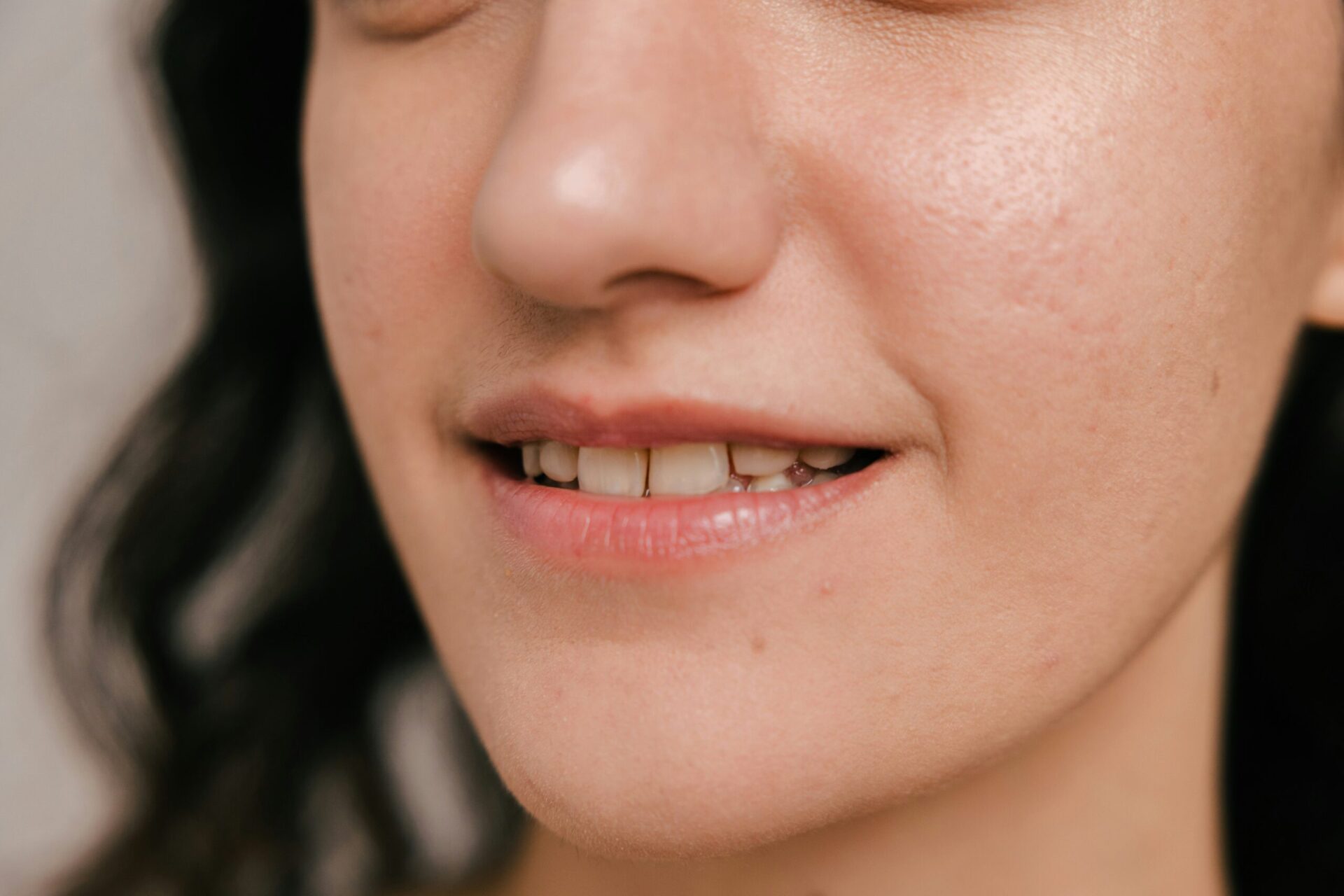Despite being the hardest structure in the body, teeth can be worn down over time due to environmental damage. When this happens, you might develop a sharp pain that cannot be managed with simple home remedies. In such cases, dentists suggest dental fillings, either temporary or permanent. But people often shy away from getting them done as they have little or no knowledge about them. In this guide, we are going to discuss temporary dental fillings. If you are planning to get one, keep reading.

Temporary dental fillings are temporary restorations that your dentist gives you for a short period of time. As their name suggests, they are temporary and will eventually be replaced by permanent dental fillings.
The process of getting a permanent dental filling is long. In the meantime, temporary dental fillings are placed to stop the progress of rapidly spreading caries or tooth decay. Since they are short-term, they are not as durable or aesthetically pleasing as permanent dental fillings.
Temporary fillings are done in the following cases;
It is used as an emergency treatment strategy when a patient comes with severe, excruciating pain and cannot wait for the permanent filling.
In case of a sudden fall or trauma, a dentist might place an urgent temporary dental filling, which soon has to be replaced by a permanent one.
When a patient has a grossly decayed tooth, it often requires more than a simple permanent filling. In such cases, dental crowns, inlays, or onlays are fabricated and placed over the decayed tooth. However, this procedure takes time. A temporary filling is placed to stop the condition from worsening and prevent any discomfort in the meantime.
When a tooth has developed dentine sensitivity, a medicated temporary filling is placed over it to calm the nerves.
Root canal treatment (RCT) is a complex process that requires multiple sittings. After opening the chamber, a temporary filling is sometimes placed over the canal to help retain the intercanal medicaments and prevent food or debris from accumulating.
Unlike permanent dental fillings, temporary fillings are made of softer, easily removable materials. They are not color-matched to the teeth and are bright white or contain pink or blue hues to be easily differentiated from the natural teeth when removed. Following are the names of some common temporary filling materials used,
Among them, Bioplic has proved to provide the best marginal seal and lowest water absorption and solubility.
The procedure for getting temporary dental fillings is simple. With an experienced professional, it might take less than an hour, which is less than that for a permanent filling.
Your dentist will first examine the tooth and its surroundings to diagnose. They may order an X-ray to visualize the extent of the problem beneath the surface. Once diagnosed, a numbing agent will be applied to make the experience painless.
If the decay is limited to the crown part of the tooth, the dentist will drill out the damaged portion. If the decay has reached the root, a root canal treatment will be performed. After cleaning the area thoroughly, the dentist will mix the filling material and place it in the cavity. The material will be allowed to reach a thicker consistency. Once thick, they will shape it to replicate the normal anatomy of your crown.
Finally, the cavity will be tested for any high points so it does not interfere with the bite. Once the temporary filling is in place, your dentist will schedule a follow-up appointment to replace it with a permanent dental filling.
Yes. Temporary fillings are preferred over permanent fillings in case of extreme pain because they provide immediate relief. If you consult an experienced practitioner, your pain will disappear within an hour.
By sealing off the exposed nerve endings of a decayed tooth, they protect it from stimuli such as hot, cold, and pressure. However, once the anesthesia wears off, you might feel some pain. Painkillers prescribed by your dentist can easily manage this pain.
Since they are made from softer materials, temporary fillings are not supposed to withstand the forces of biting and chewing. If placed for a longer time, they start to chip or crack.
The exact time of a temporary dental filling varies for different people based on their oral hygiene habits and dietary habits. It also depends upon the type of material used. However, in general, a temporary filling may last from a few weeks to up to three months. Inquire your dentist about the lifespan of your specific temporary filling and get it replaced soon.
Yes, you sure can eat with a temporary dental filling in place. However, caution should be exercised. Your dentist might suggest you not eat from the side of the filling for a few hours after placement. Additionally, some foods should be avoided during this time, such as,

To conclude the discussion, temporary dental fillings play an important role in managing pain and protecting your teeth while you wait for the permanent filling. Knowing the procedure and advantages of a temporary dental filling helps you feel comfortable while getting it.
If you are experiencing toothache or suspect the need for dental fillings in NJ, don’t hesitate to reach out. Our experienced dentist in NJ, not only offers expert installation services but also designs custom veneers in our in-house labs. Contact us today, and begin your journey towards a brighter future.

Hesed Dental 543 Gorge Road Cliffside Park, NJ 07010
201 941 8877